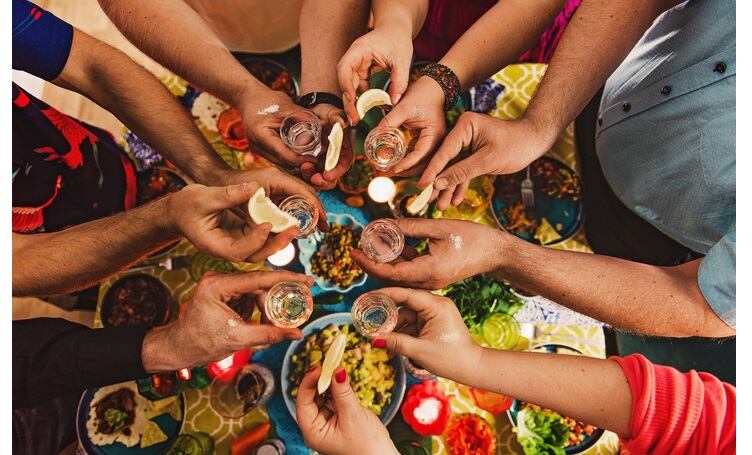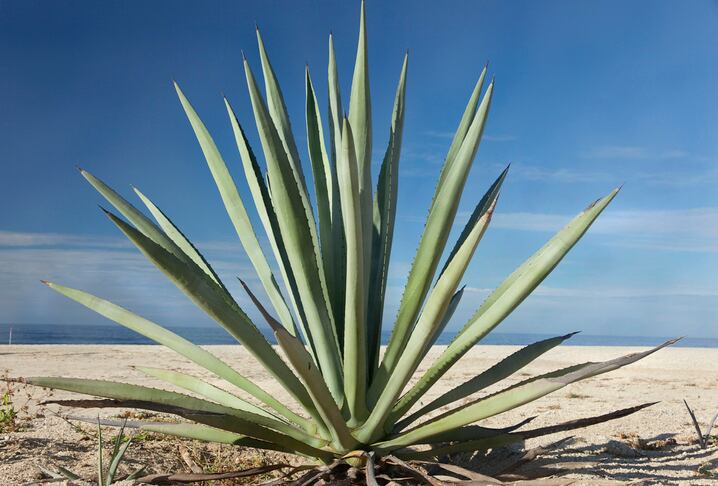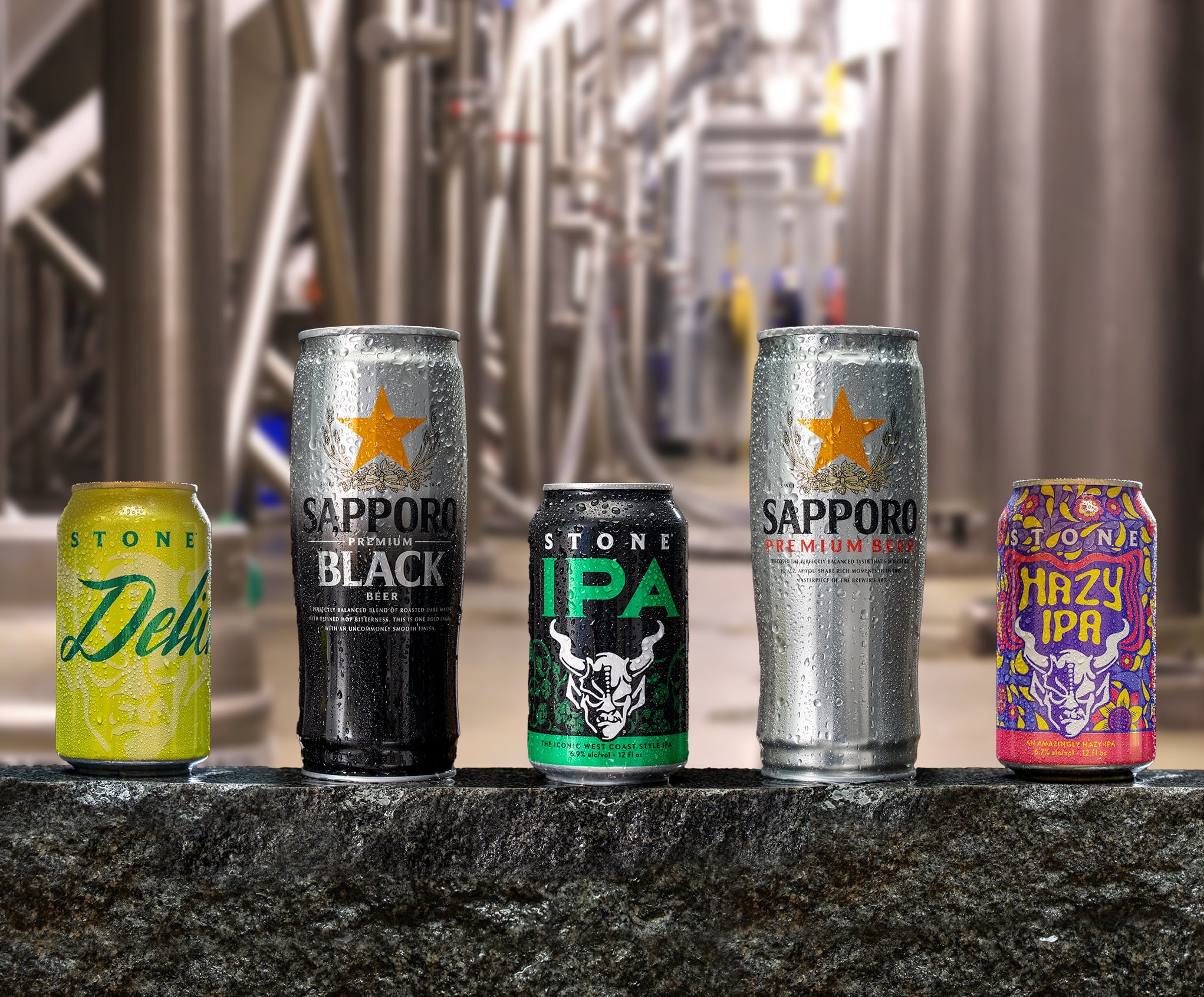Premium and super-premium categories will continue to be the most dynamic subsectors of the category, but innovations like tequila-based RTDs will help the category gain new fans and consumption occasions while cristalinos are showing the strongest growth.
Meanwhile, tequila’s stronghold is expected to expand beyond the US to markets such as UK, Spain and Australia, according to a new report from IWSR Drinks Market Analysis.
Super-premium-plus
In 2016, standard tequila products accounted for more than half of global tequila volumes, and almost half of global value. Super-premium-and-above products took a 13% volume and 33% value shares.
By 2026, however, super-premium-plus products are forecast by IWSR to take a 55% slice of tequila’s global value, and to account for almost 40% of category volumes.
As the tequila category continues to expand, the most rapid growth will be focused on superpremium-and-above price points, and higher-value product segments such as 100% agave tequilas and cristalinos (aged tequilas stripped of color by charcoal filtration).
“Over the years, tequila has evolved from being a low-price shot to a more premium option used in cocktails and high-end sipping,” says Brandy Rand, Chief Strategy Officer, IWSR. “The category has grown alongside consumer awareness to offer experimentation across blanco, reposado, añejo and cristalino.”
“Tequila’s connection to Mexican heritage and authenticity provides consumers
with a sense of place, while also reflecting the growing Hispanic population in the US. Tequila has an association as an affordable luxury, and many brands are aligned with celebrities, leading to lifestyle-oriented marketing.”
According to the IWSR report, 100% agave and cristalino tequilas are driving global category expansion, with cristalino achieving the highest volume growth of all tequila product segments between 2016 and 2021, albeit from a lower volume base.
Julka Villa, group marketing director at Campari (owner of tequila brands Espolòn and Cabo Wabo), calls cristalino 'one of the most dynamic and fastest-growing spirits categories, with massive potential globally'.
“This is a dynamic offering in the sense that it appeals to both connoisseurs and advanced palates, but it also delivers on a flavor profile that is approachable for the drinker that is new to the category.”
Celebrity associations have driven a ‘democratization’ of tequila’s higher price points.
Since Diageo’s high-profile US$1bn acquisition of Casamigos (co-founded by actor George Clooney) in 2017, a host of famous faces have invested in the category, fuelling consumer awareness through social media, and reaching new heights during COVID-19 lockdowns.
“Celebrity participation adds sophistication to the category, and elevates the drink to a luxury status and lifestyle offering,” says Fletcher. “Celebrities organically expand the base of demand for tequila by attracting a global and diverse group of followers and fans.”
According to IWSR figures, celebrity tequilas grew at a volume CAGR of +50% between 2016 and 2021, bringing US$1.9bn in global revenues during 2021 alone. The celebrity factor is not only influential in the US – it also helps to elevate tequila’s image in smaller but potentially lucrative markets for the future, such as the UK.”
However, the acceleration of the premiumization of tequila, coupled with historically high agave prices and rising production costs, could leave lower price segments vulnerable to value substitutions from outside the category.
These may include agave spirits produced in Australia, the US and South Africa, and
destilados de agave – more affordable agave-based spirits made in Mexico, but not entitled to be called tequila or mezcal.
There is already some evidence of the latter phenomenon occurring in Mexico as tequila
prices increase, and destilados de agave brands including Rancho Escondido, El Compadre, El Jefe and Merendero are now targeting export markets to leverage the continuing demand for entry-level tequila.
Global expansion
The US market continues to spearhead the growth of the category: and volumes currently remain heavily focused on North America. In fact, tequila’s top three markets – the US, Mexico and Canada – accounted for more than 88% of global volumes in 2021.
Such is the popularity of tequila in the US that it is poised to overtake vodka in terms of dollar value within the next two years.
But similar consumer trends elsewhere suggest there’s a ‘significant export opportunity’ for the category outside North America.
In countries such as the UK, Colombia, Australia, Japan and Spain, future growth will be driven by a host of positive consumer trends, including celebrity involvement in the category, consumer migration from mixto to 100% agave products, rising cocktail consumption and growing interest in Mexican food and drink.

However, IWSR expects volumes in tequila’s home market of Mexico to decline in the coming years, impacted by rising prices for value brands in particular, as well as more intense competition from rival categories such as gin, flavored spirits, rum and whisky.
Despite tequila’s likely expansion worldwide, the US market is set to consolidate its
dominance of category volumes – currently, the market accounts for more than two-thirds of global tequila consumption.
“In the US, household penetration continues to grow, especially among expanding
demographic groups,” says Mariana Fletcher, Head of US Insights, IWSR.
“Relatively new product segments, such as cristalino, flavored tequilas, tequila-based RTDs, and innovative distillation and maturation techniques including the use of red wine barrels, offer a rising number of touchpoints with the consumer and fresh growth opportunities for brand owners.”
Pictures: getty/maiteali; getty/knape




